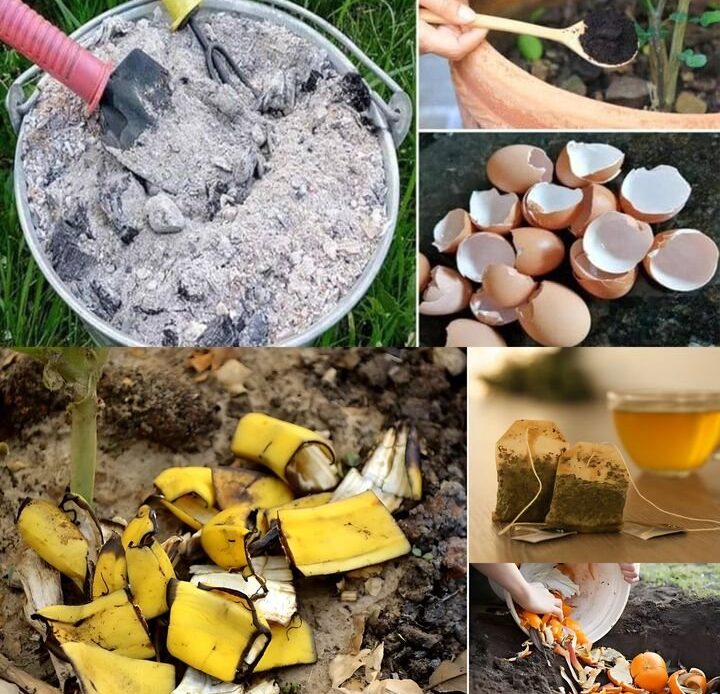Taking care of your plants and ensuring they thrive doesn’t always require expensive, store-bought fertilizers. In fact, many effective fertilizers can be made from common household items, saving you money and reducing your environmental impact. Whether you’re an experienced gardener or a beginner, using **homemade fertilizers** is a natural and sustainable way to nourish your plants.
In this article, we’ll explore **12 homemade fertilizers** that you can easily find right at home. These simple and eco-friendly options are packed with the essential nutrients your plants need for **healthy growth**, **vibrant blooms**, and **robust root systems**. So, if you want your plants to flourish, let’s dive into these easy, cost-effective, and natural alternatives
### 1. Banana Peels: A Potassium Powerhouse 🍌
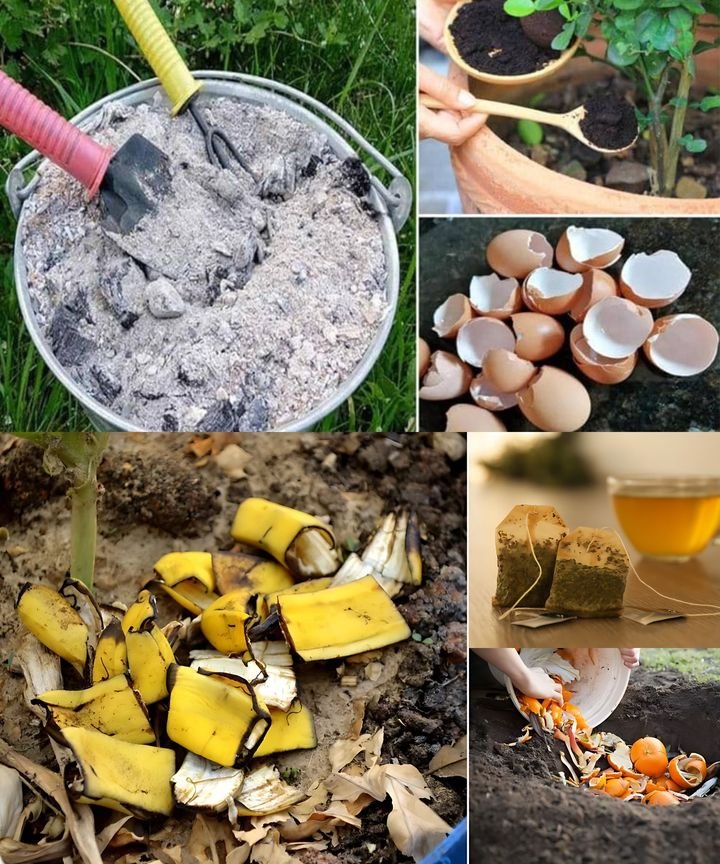
Banana peels are an excellent source of **potassium**, which is crucial for **flowering, fruiting, and root development**. Potassium helps plants produce energy, strengthen their stems, and resist diseases. Plus, banana peels contain **phosphorus** and **calcium**, which are essential for plant health.
#### How to Use:
– **Soak the peels**: Place your banana peels in a jar of water for a few days. The water will absorb the nutrients from the peels, and you can use it to water your plants.
– **Bury the peels**: Simply chop up the banana peels and bury them in the soil near the plant’s roots. As they decompose, they release nutrients directly into the soil.
### 2. Coffee Grounds: Great for Acid-Loving Plants ☕️
Used coffee grounds are rich in **nitrogen**, **phosphorus**, and **potassium**, which are all essential for plant growth. Coffee grounds also increase the acidity of the soil, making them ideal for **acid-loving plants** like azaleas, blueberries, and rhododendrons.
#### How to Use:
– **Sprinkle directly on the soil**: Scatter coffee grounds around the base of your plants. Be sure not to pile them too high, as they can form a dense layer that might prevent water from reaching the roots.
– **Mix with compost**: Coffee grounds can be added to your compost pile to enrich the soil.
### 3. Crushed Eggshells: A Calcium Boost 🥚
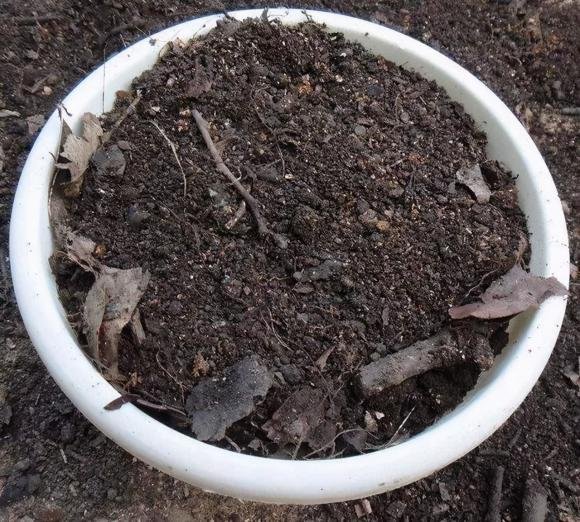
Eggshells are packed with **calcium**, an essential nutrient that promotes strong cell walls and helps plants resist diseases. Calcium is particularly beneficial for preventing **blossom-end rot** in tomatoes and peppers.
#### How to Use:
– **Crush and sprinkle**: Crush the eggshells into small pieces and scatter them around the base of your plants. They will break down slowly, releasing calcium into the soil.
– **Add to compost**: Eggshells are also a great addition to your compost pile, where they will decompose over time and provide calcium to your plants.
### 4. Epsom Salt: Magnesium for Leafy Growth 🧂
Epsom salt is made up of **magnesium sulfate**, a compound that provides magnesium and sulfur—two nutrients that promote **healthy root growth** and **green, vibrant leaves**. Magnesium helps plants absorb other nutrients like **nitrogen** and **phosphorus** more effectively.
#### How to Use:
– **Dissolve in water**: Mix **2 tablespoons of Epsom salt** in a gallon of water and use it to water your plants. This solution will help enhance **leafy growth** and prevent **yellowing leaves**.
– **Foliar spray**: You can also dissolve Epsom salt in water and use it as a foliar spray to give your plants a quick nutrient boost.
### 5. Molasses: A Natural Source of Nutrients 🍯
Molasses is a **natural sugar** source that provides **iron**, **magnesium**, **calcium**, and **potassium**. It also contains **microorganisms** that can help improve the soil’s fertility by encouraging the growth of beneficial bacteria.
#### How to Use:
– **Dilute in water**: Mix **1-2 tablespoons of molasses** in a gallon of water and apply it to your plants. This solution will provide your plants with essential nutrients and encourage microbial activity in the soil.
### 6. Aquarium Water: A Nutrient-Rich Watering Solution 🐟
If you have an aquarium, the water in it can be a **goldmine of nutrients** for your plants. Aquarium water is full of **fish waste**, **micronutrients**, and **minerals** that plants need for healthy growth.
#### How to Use:
– **Water your plants**: Use the aquarium water to water your plants. The nutrients from the fish waste will help nourish the soil, making it richer and more fertile.
### 7. Wood Ash: A Potassium and Calcium Source 🌳
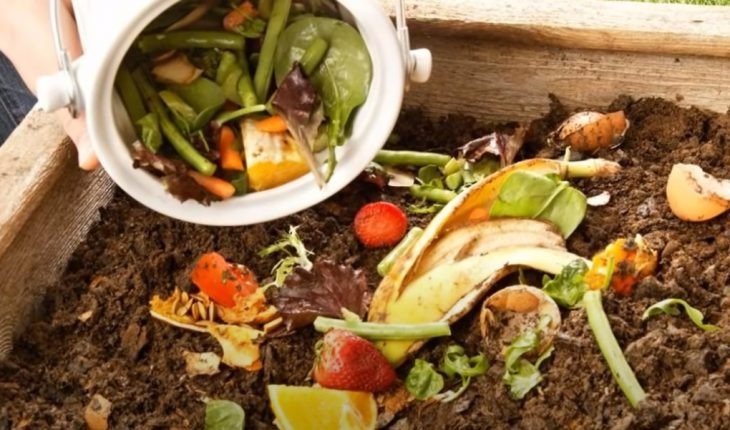
Wood ash is rich in **potassium**, which helps plants develop strong stems and roots. It also contains **calcium**, which is beneficial for soil pH and helps reduce acidity.
#### How to Use:
– **Sprinkle on soil**: Lightly sprinkle wood ash around the base of your plants, especially those that need potassium, such as tomatoes and peppers. Be cautious, as too much wood ash can raise the soil pH too much.
– **Mix with compost**: Adding wood ash to your compost pile can help balance out the acidity and provide potassium for your plants.
### 8. Gelatin: A Secret for Leafy Growth 🍮
Gelatin is a **rich source of nitrogen** and contains trace amounts of **phosphorus** and **potassium**. The **amino acids** in gelatin promote strong **leafy growth** and plant development.
#### How to Use:
– **Dissolve in water**: Dissolve a packet of gelatin in warm water and use it to water your plants. This will give them a boost of nitrogen, which is essential for healthy green growth.
### 9. Milk: A Calcium and Protein Source 🥛
Milk is a natural source of **calcium** and **protein**, both of which are essential for plant growth. Calcium helps prevent blossom-end rot in tomatoes and peppers, while protein supports overall plant health.
#### How to Use:
– **Dilute milk with water**: Mix **1 part milk** to **2 parts water** and use it to water your plants. This solution will help strengthen the cell walls and encourage healthy growth.
– **Spray as a foliar feed**: You can also use diluted milk as a foliar spray to provide a quick nutrient boost to your plants.
### 10. Seaweed: A Mineral-Rich Fertilizer 🌊
Seaweed is packed with **minerals** such as **calcium**, **magnesium**, **potassium**, and **iron**, as well as **growth hormones** that can promote strong, healthy plants. Seaweed also contains trace elements that improve overall soil health.
#### How to Use:
– **Rinse and chop**: Rinse the seaweed to remove excess salt, then chop it into small pieces. You can then bury it in the soil or add it to your compost pile.
– **Seaweed tea**: Alternatively, you can make a nutrient-rich seaweed tea by soaking seaweed in water for a few days, then using the liquid to water your plants.
### 11. Vegetable Scraps: Make a Nutrient-Rich Broth 🥕🍅
Instead of throwing away your vegetable scraps, why not turn them into a nutritious fertilizer for your plants? Vegetable scraps, such as carrot tops, onion peels, and potato skins, are full of nutrients that can enrich your soil.
#### How to Use:
– **Boil the scraps**: Boil your vegetable scraps in water to create a nutrient-rich broth. Once the broth cools, use it to water your plants. This homemade fertilizer is rich in **nitrogen**, **phosphorus**, and **potassium**.
### 12. Weed Tea: A Fertilizer from Weeds 🌿
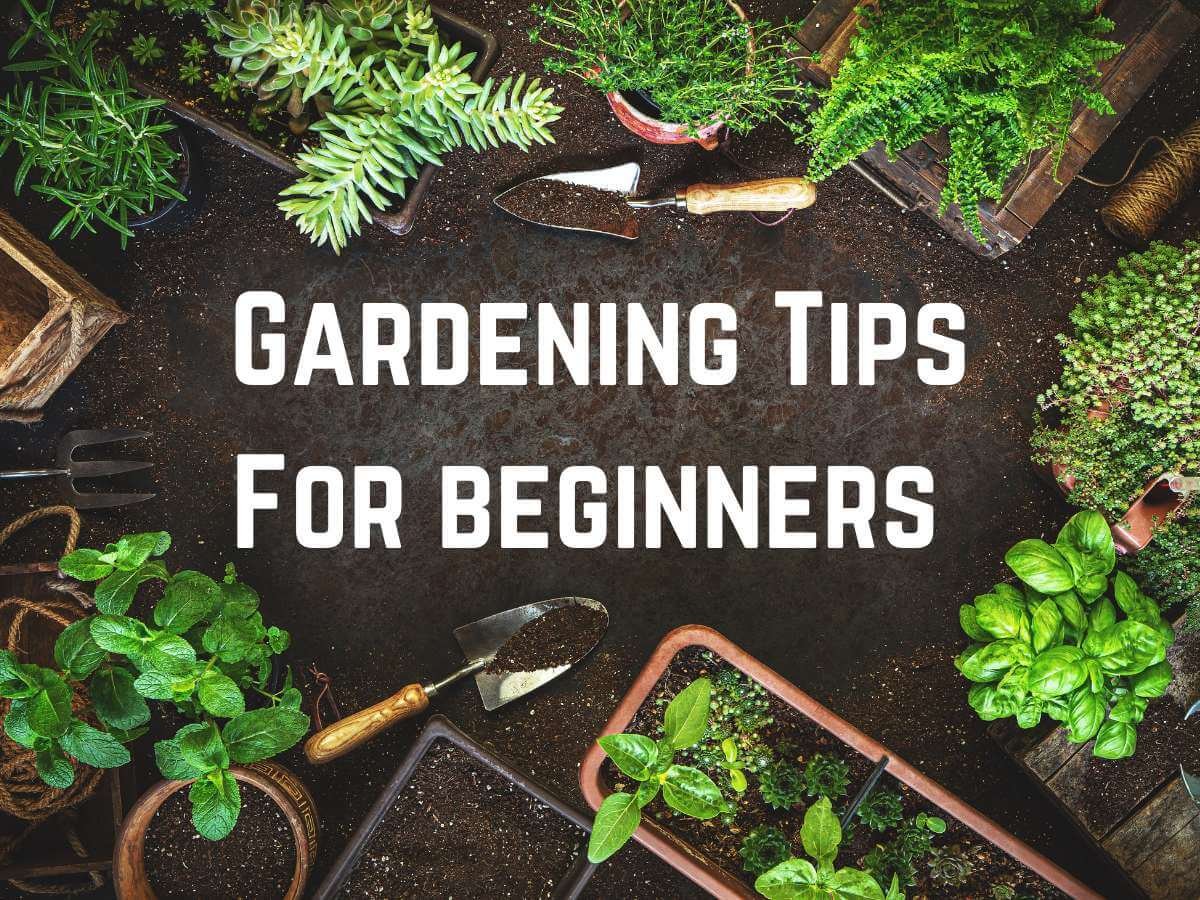
While weeds are often seen as a nuisance in the garden, they can actually make a **great fertilizer** when used properly. Weeds like **dandelions** and **nettle** are rich in **minerals** and nutrients that can benefit your plants.
#### How to Use:
– **Steep the weeds**: Collect weeds and steep them in a bucket of water for several days. Once the mixture is ready, use it to water your plants. This **weed tea** provides your plants with a boost of nutrients, especially during the growing season.
### Conclusion: Experiment and Nourish Your Plants 🌱✨
Growing healthy plants doesn’t have to rely on expensive chemical fertilizers. With these **12 homemade fertilizers**, you can nourish your plants using materials you likely already have at home. Whether it’s **banana peels**, **coffee grounds**, or **aquarium water**, each of these natural alternatives provides essential nutrients for your plants to grow strong, vibrant, and productive.
So, start experimenting with these easy and effective homemade fertilizers today, and watch your plants thrive in ways you never thought possible. Gardening is not just about planting seeds—it’s about nourishing the earth and enjoying the fruits of your labor. Happy gardening 🌿💚
